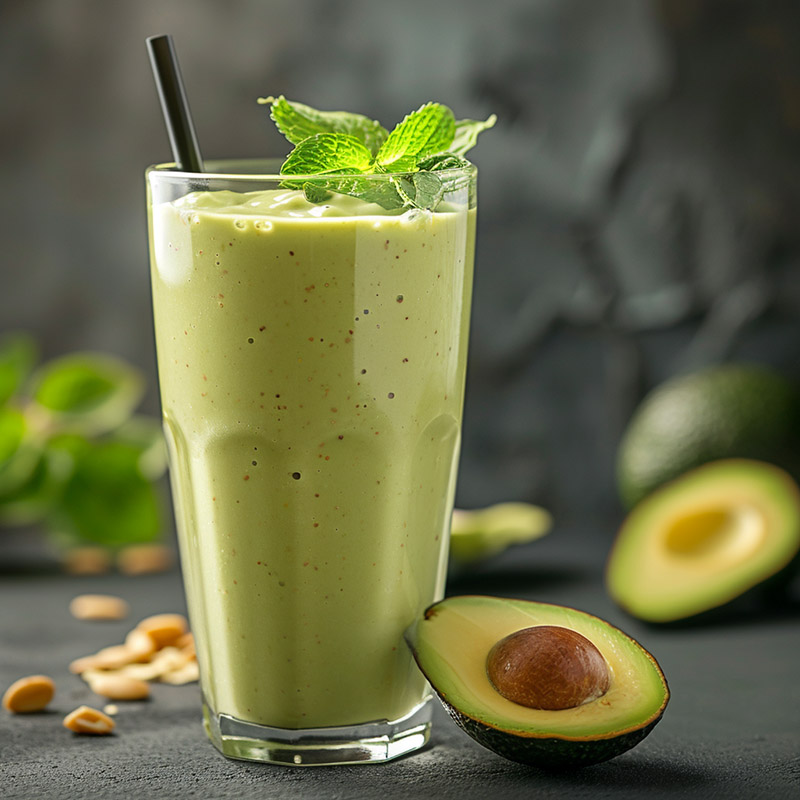
Avocados are having a major moment. This green fruit has gone from a little-known item to a must-have superfood in recent years. So what's all the hype about? Turns out, avocados have some incredible health and beauty benefits.
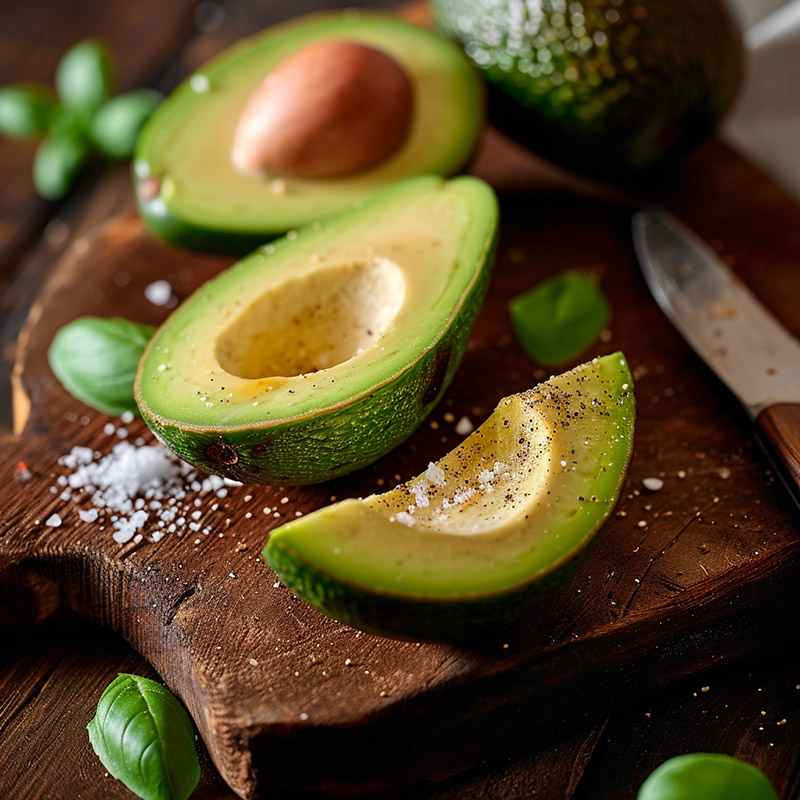
For starters, avocados are loaded with healthy fats. While most fruits are high in carbs, avocados are uniquely high in monounsaturated fats. These fats have been linked to reduced inflammation and better heart health. Avocados also contain fiber, potassium, vitamins C, E, K, and B-6, making them very nutritious.
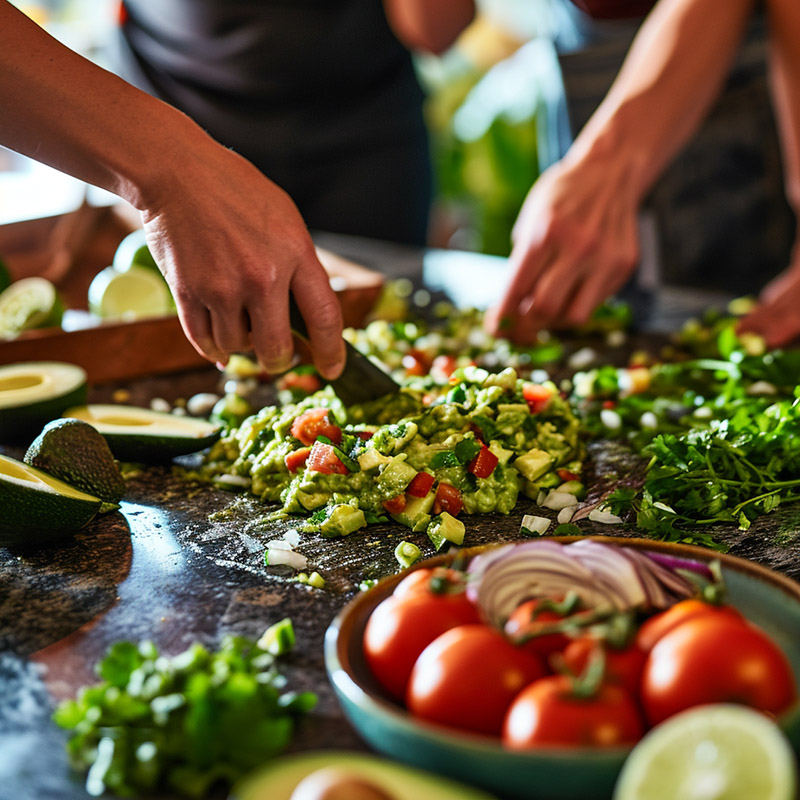
Adding avocado to your diet could help you lose weight too. Multiple studies have found that eating avocado can lead to feeling fuller, reduced appetite, and fewer calories consumed later in the day. One study even found that adding half an avocado at lunch increased satiation and satisfaction significantly more than when participants did not add avocado to their meal.
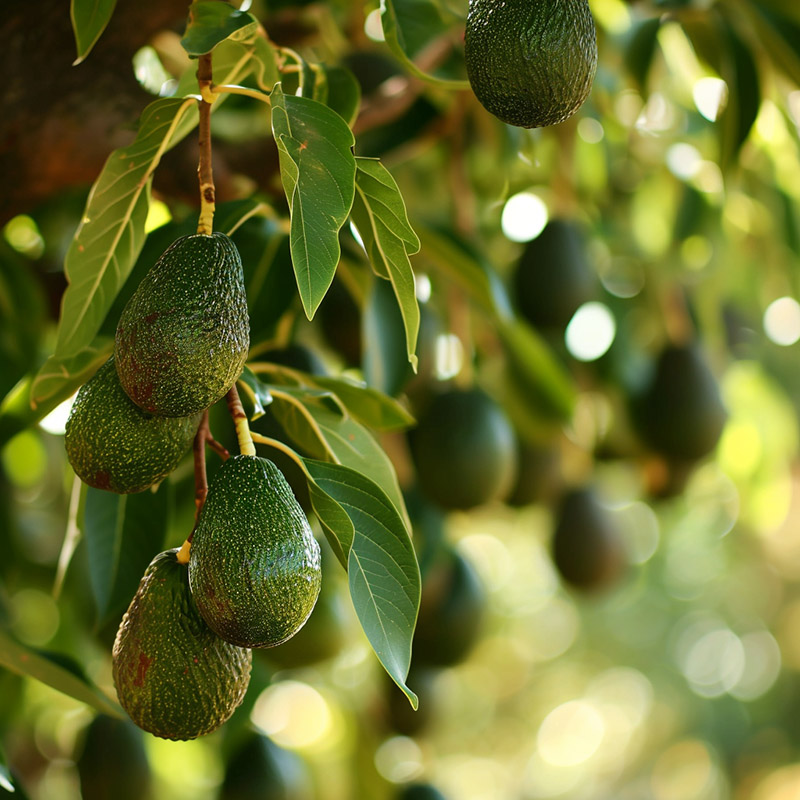
The healthy fats in avocados are not only good for your heart and waistline, they’re also great for your skin and hair. These fats help nourish skin cells and give skin a more youthful, glowing appearance. The vitamins C and E in avocados also protect skin from damaging free radicals caused by sunlight and pollution.
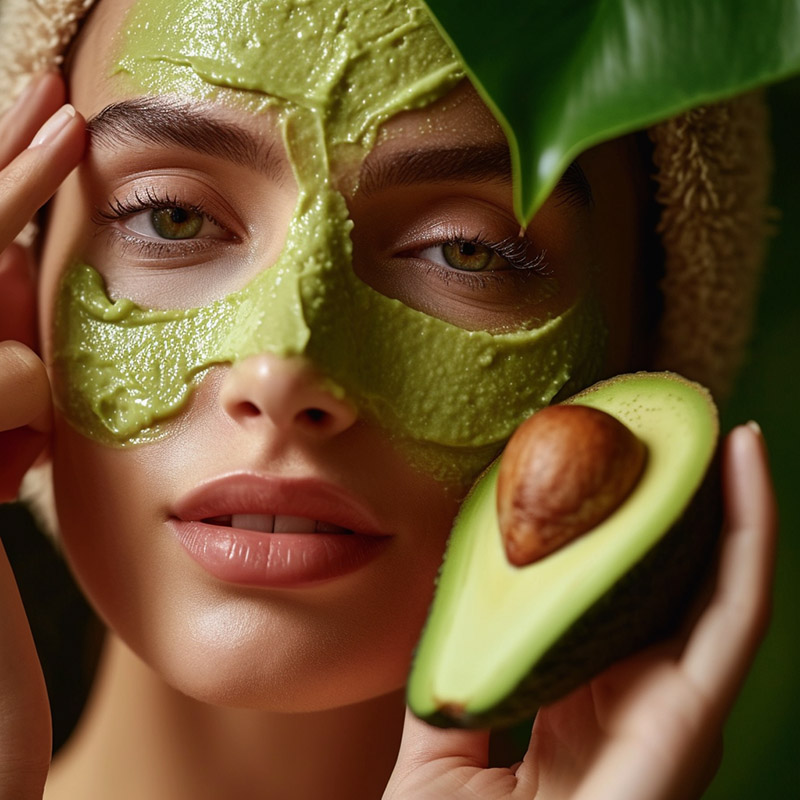
You can mash up avocado and use it as a nutrient-rich face mask too. Simply applying avocado to skin can increase hydration and elasticity. The fatty acids sink into skin quickly since natural fats are easily absorbed. Plus, avocado contains enzymes that may help slough off dead skin cells. After 15-20 minutes, you’ll be left with smooth, supple skin.
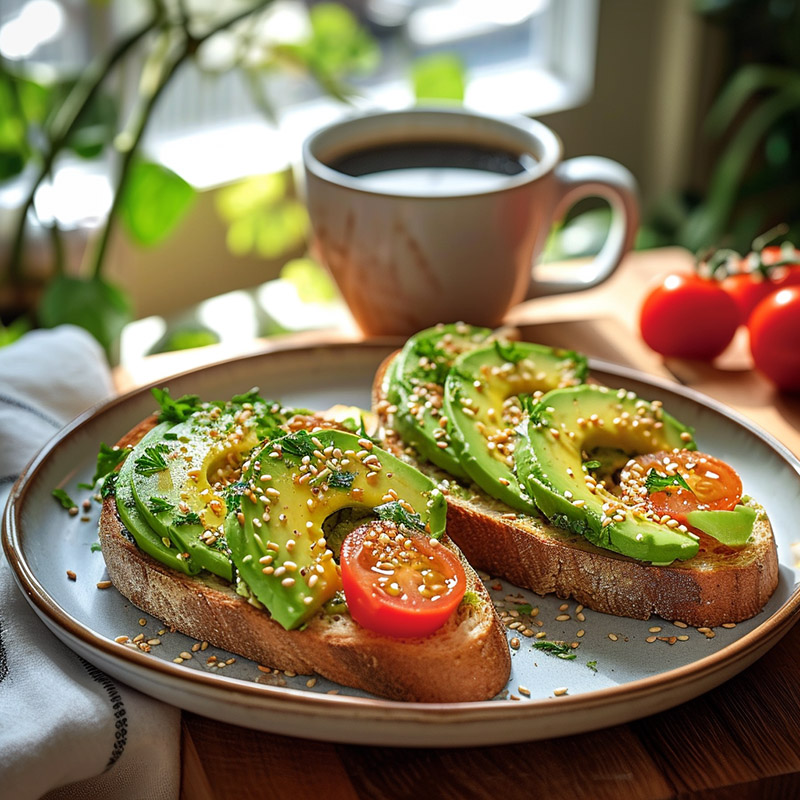
For shiny hair, try mixing avocado with an egg yolk and massaging it into your scalp. Let it sit for 30 minutes before washing out. The vitamins and fats in avocado will deeply nourish hair and moisturize the scalp. Many people swear by avocado hair masks for repairing dry, damaged locks.
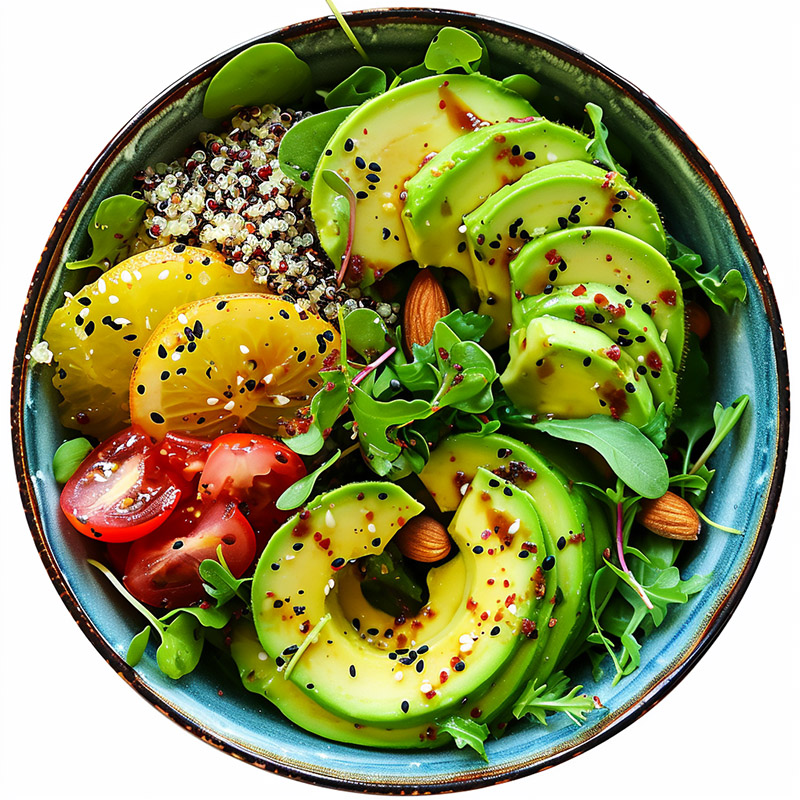
In the kitchen, avocados can be used to make all kinds of creamy, delicious dishes, both sweet and savory. You can experiment with avocado toast, chocolate avocado mousse, avocado lime pie, guacamole and so much more. Their mild flavor and creamy texture lends itself well to nearly any recipe.
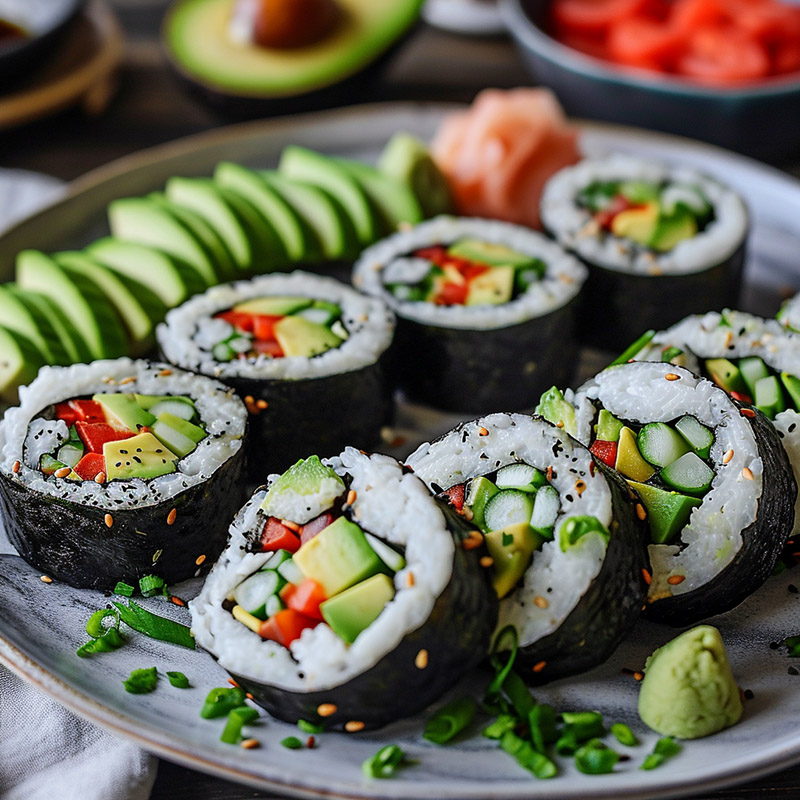
So in review, avocados offer major health perks thanks to their stellar nutrient profile. They can also work wonders for your beauty routine by improving skin and hair health. It’s safe to say the avocado deserves its new “superfood” status. We’re lucky these little green fruits taste as good as they make us look and feel!

Research findings published in the January 2005 issue of the Journal of Nutritional Biochemistry indicate that nutrients in avocados can work together to improve cell health. The analysis was conducted at UCLA where researchers discovered that avocados are the richest source of lutein among commonly eaten fruits. Lutein is a carotenoid that acts as an antioxidant.
According to Dr. David Heber, director of the UCLA Center for Human Nutrition, the study showed the benefits of an extract of whole avocado fruit versus pure lutein.
"What's really exciting about this study is that the results indicate that the carotenoids, vitamins, and diverse compounds in avocados might have additive or synergistic effects compared with pure lutein alone," said Heber. "Our results suggest that further studies should be done to investigate the effects of the naturally occurring combinations of thousands of different bioactive substances called phytonutrients found in avocados and other plant foods."
Traditionally, lutein has been found in green vegetables such as parsley, celery and spinach but was recently discovered in the avocado fruit. In fact, research shows that avocados are the highest fruit source of lutein among the 20 most frequently consumed fruits.
In his book What Color Is Your Diet?, Heber advises at least one serving per day of colorful fruits and vegetables from each of seven different color groups organized according to their contents of major groups of phytonutrients. These phytonutrients may help explain the association between eating a diet rich in colorful fruits and vegetables and improved health.
Avocados fall in the green-yellow group and contain such vital nutrients as vitamin E, which helps mop up free radicals that can damage cells and lead to disease, glutathione, which functions as an antioxidant like vitamin E, beta-sitosterol, which helps lower blood cholesterol, and lutein.
California avocados are naturally cholesterol-free and contain heart-healthy mono-unsaturated fats. Ounce for ounce, avocados contain more fiber, thiamin, riboflavin, niacin and folate than any other commonly eaten fruit.